I’m a Dog Trainer and This is How to Tell if a Dog is About to Attack

As a professional dog trainer with over two decades of experience, I’ve encountered countless canine personalities and behaviors. One question I’m frequently asked is, “Why does my dog behave the way it does?” The answer isn’t always simple. Dog behavior is a complex interplay of genetics, early experiences, and ongoing environmental factors. In this comprehensive guide, we’ll explore the fascinating world of canine behavior, focusing on the delicate balance between nature and nurture. Whether you’re a new dog owner or a seasoned enthusiast, understanding these principles will help you build a stronger, more harmonious relationship with your furry companion. Let’s dive in and unravel the mysteries of dog behavior together.
RELATED: Avoid these 8 dog owner mistakes!
Understanding Dog Behavior: Nature vs. Nurture
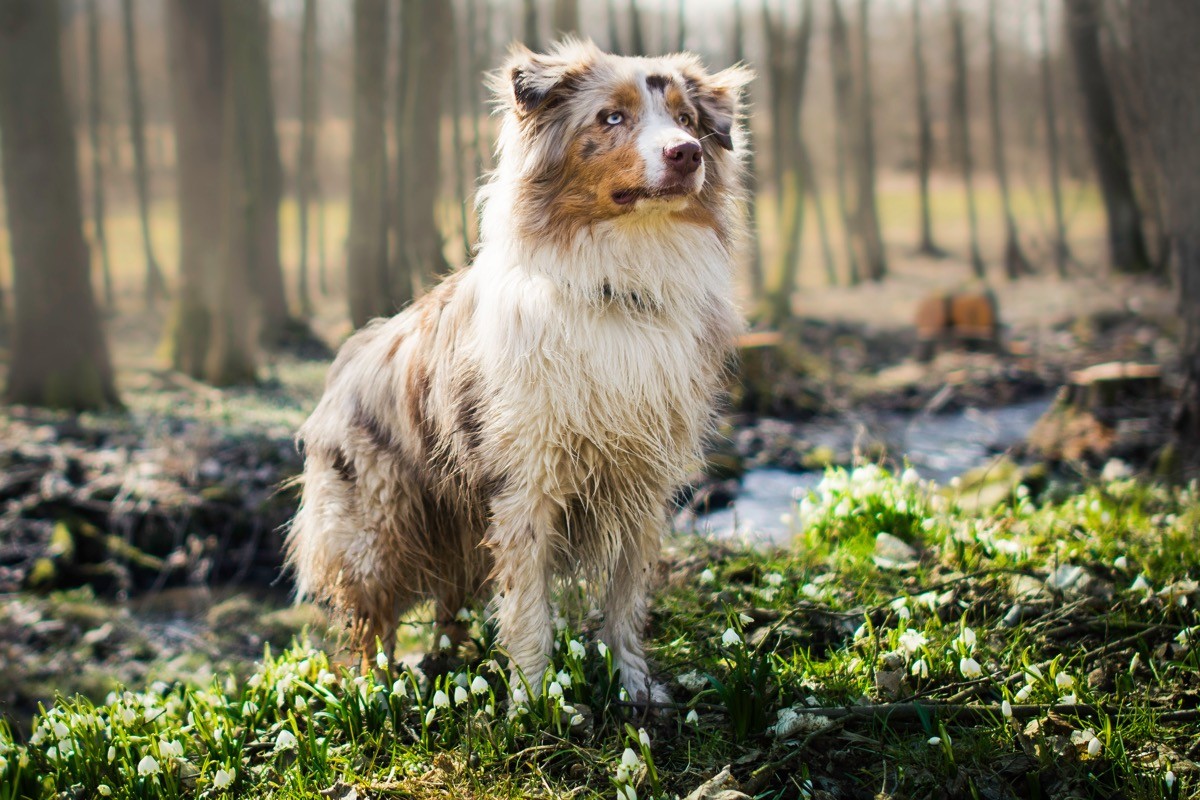
All dogs inherit traits from their parents that may either be breed-specific or temperament-specific.
For example, working dog breeds like Australian Shepherds and Border Collies tend to be high-energy dogs that like to be active all day and have a tendency to chase and herd other animals. When playing with other dogs, you may notice a herding dog breed loves to play chase and tends to nip at the heels of dogs when playing with them.
However, depending on their lineage, an Australian Shepherd may inherit personality traits from their parents that make them lean more toward being cautious or possessive by nature (dogs with these personality traits tend to guard the home or their possessions and may behave more aggressively around other dogs) or tolerant and outgoing (dogs with these personality traits tend to be less confrontational/aggressive when encountering unfamiliar stimuli and more friendly with everyone).
The Impact of Environment on Dog Personality
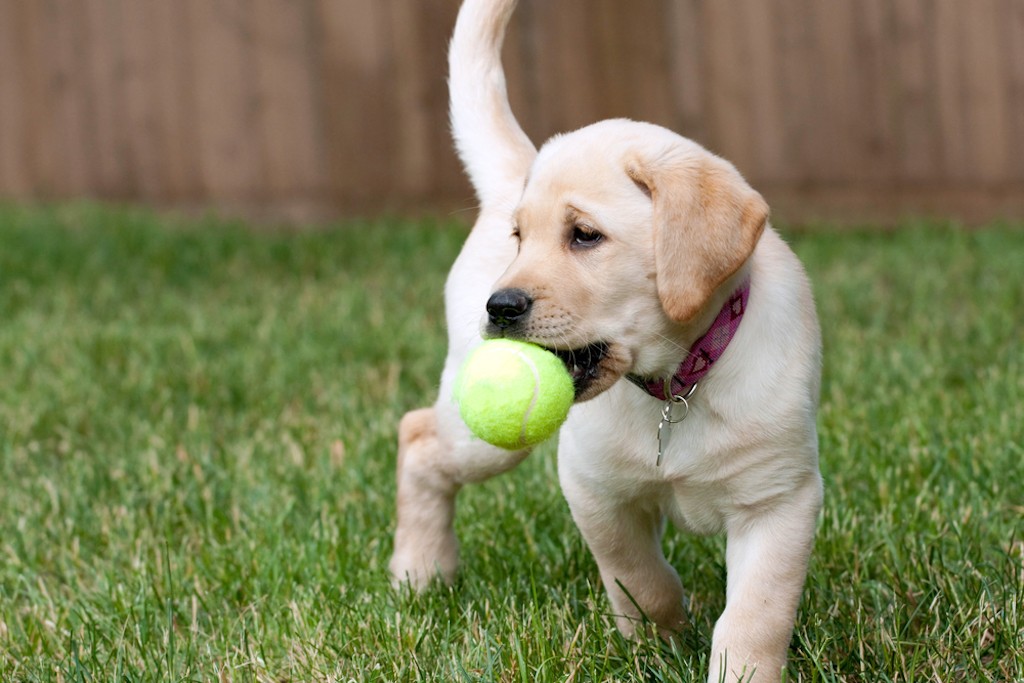
In my experience, a dog’s inherent disposition/temperament will determine their personality and how they respond to the world around them more so than their specific breed.
All that being said, the environment a dog grows up in can also affect its personality. The early socialization window for puppies is between 3 to 16 weeks of age, so if a puppy is not socialized properly starting with the breeder and continuing with whomever adopts it, it may not readily accept unfamiliar stimuli as it matures and respond to anyone or anything new with an aggressive stance.
If someone adopts a dog older than 16 weeks, they may have no way of knowing the dog’s early socialization history. If this is the case, they can only hope that their new pet will adapt to their new surroundings and do their best to ensure that all their encounters with new and unfamiliar stimuli remain positive (I recommend using lots of treats to create positive associations with novel stimuli).
Common Triggers for Aggressive Behavior

Any dog has the potential to be aggressive under the following circumstances:
When encountering new and unfamiliar stimuli. This includes meeting new dogs or people on the go or at home.
When defending its territory. All dogs are territorial and will alarm bark when they hear activity in and around the home or if someone comes to the door. Cautious dogs are more wary than outgoing dogs and may behave more aggressively when strangers/ guests/other dogs come to the house. Since they view the presence of “strangers” as a threat (whether they’re human or canine), they may attack and try to chase them off.
When defending a valued resource. Resource guarding is when a dog guards something of value to them and is willing to fight for it. This may include bones, toys, places of rest (like a bed, crate, or spot on the couch), and their pet parent.
Some dogs are very competitive by nature and will try to size up or bully other dogs. These are dogs that like to be “first in line” to get something or who like to fight (much like aggressive men and women who like to argue or get into physical fights). Sometimes, older dogs like to pick on puppies much like bullies in the schoolyard preying on younger, smaller kids.
Frustration when a dog is prevented from following its impulses, which can lead to displays of anger (like when a dog is confronted with barriers like a fence or held back when walking on a leash);
When their prey drive is activated. All dogs are predators and biologically designed to hunt. That’s why most dogs will get excited when they see squirrels, cats, or ground-dwelling animals roaming around and if given the chance, will chase them and try to catch them. Dogs who haven’t been socialized properly may see other small dogs like toy and teacup breeds as prey.
When they are sick or in pain. Some dogs may get “grouchy” when they don’t feel well and behave aggressively much like a grouchy old person.
Recognizing Warning Signs of Aggression
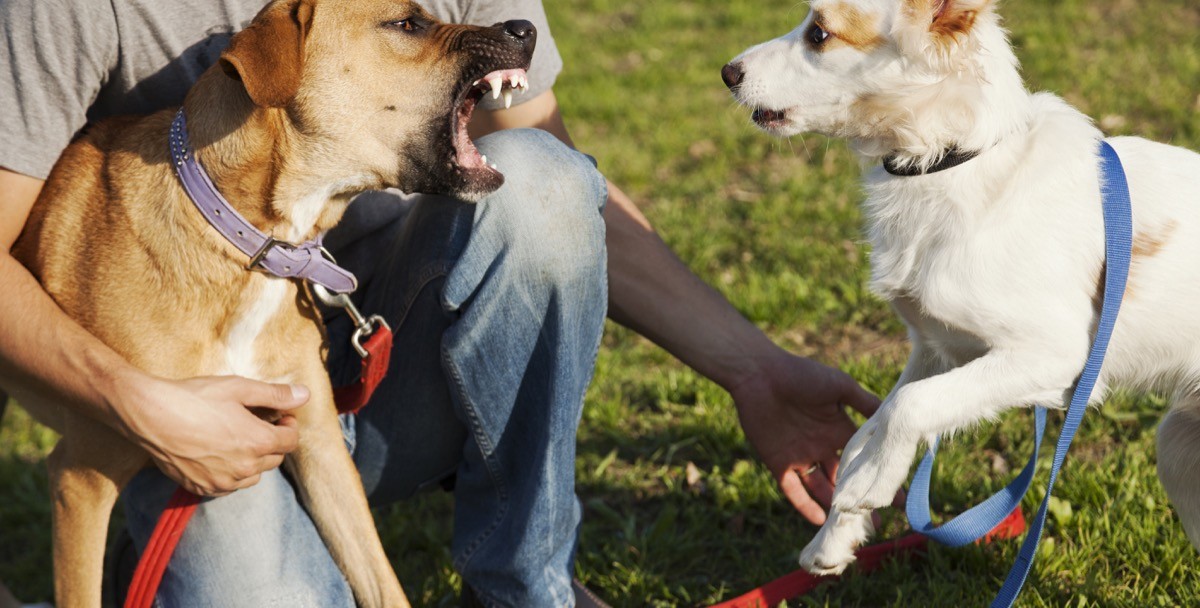
When determining how a dog feels about another dog, you must look at their overall body language. You need to observe what their ears, eyes, mouth, and tail are doing and what kind of physical stance they are taking to understand what they are feeling.
Dogs who are stressed, worried, or sensing a threat will tense up and their bodies will become rigid. Their body movements will also slow down as they “proceed with caution” inspecting another dog. Depending on the dog, their tail may stop wagging, raise in a flag, or unfurl (if it’s curly). They may freeze completely or start to lean slightly forward with a puffed-up chest just before attacking.
RELATED: 23 Amazing Facts About Your dog.
Key Body Language Signals to Watch
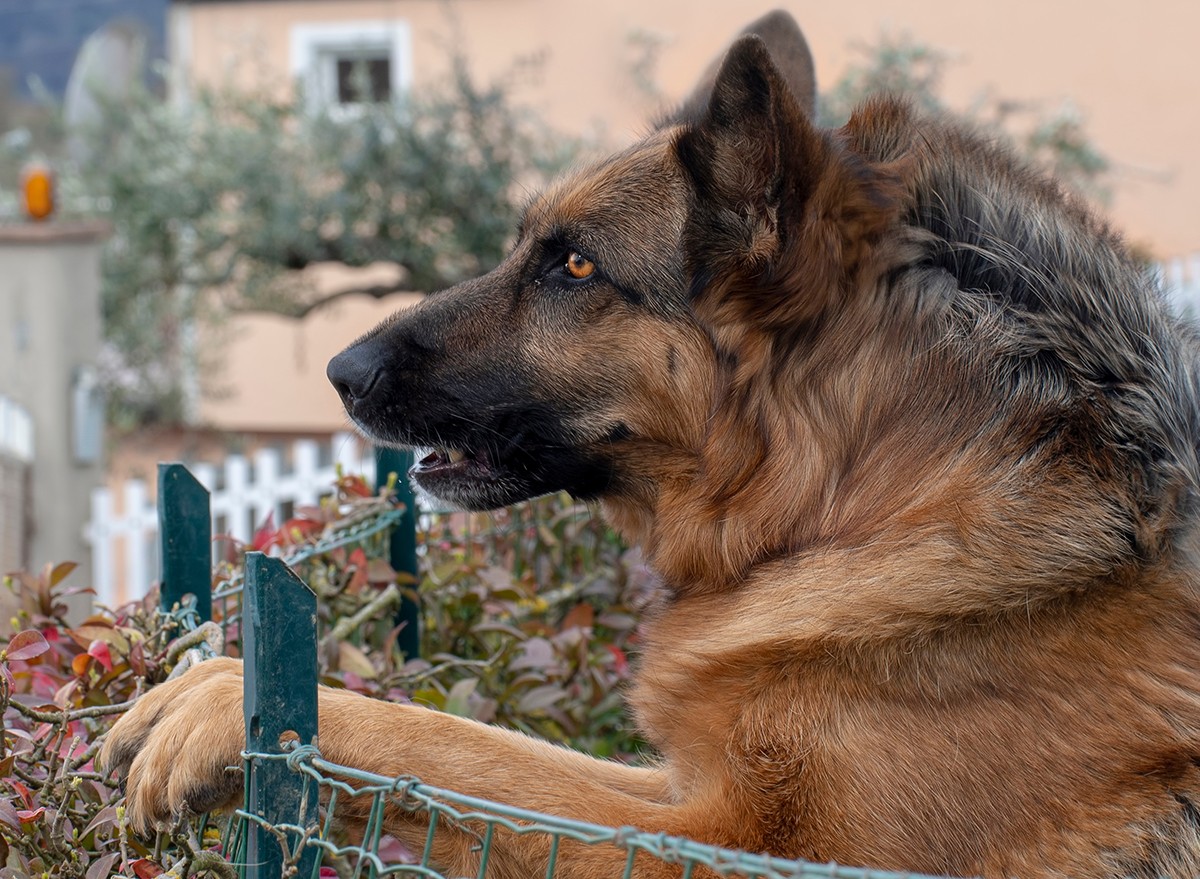
Here are more signs to look out for:
Piloerection – This is when the hair on the back of a dog’s neck stands up. This indicates a dog is nervous or on edge about something and usually happens when they encounter novel stimuli (something new and unfamiliar). It doesn’t always mean a dog will attack but it does indicate they are unsure about something. If it doesn’t subside after a dog meets another dog, it could lead to an attack.
Whale eye/Bulging eyes/Side Eye – If a dog is stressed or anxious, the whites of their eyes will become more prominent. When a dog is feeling defensive, they may display side eye, also called a “hard sideways stare,” accompanied by growlingl just before attacking.
Growling – Growling is a warning that a dog is feeling uncomfortable or threatened by something.
Mouth – A dog may pull in its tongue in and close its mouth, and slow its breathing down upon meeting another dog it doesn’t know. If a dog curls its lip to show a tooth, this is a threat display indicating the dog wants the other dog to back off.
Tongue flicks before meeting a dog – A dog may flick its tongue upwards to indicate it’s feeling anxious or uncomfortable before meeting a dog.
Lowering of the head – If a dog lowers its head toward the ground and flicks its tongue a lot before meeting a dog, this is a predatory stance and not a good sign.
Freezing – Freezing can go either way but generally indicates a dog is uncomfortable.
Position and movement of the tail – Tail wagging may continue but slow down or seem tense and the tail may tuck or raise in a flag. Freezing of the tail much like freezing of the entire body is a bad sign.
Resting its chin on the other dog’s neck/upper back – Some dogs will do this before mounting a dog and some dogs will do this as a precursor to attacking a dog. It appears to be a way for a dog to size up another dog to determine if they can “take them on” in a fight.
Signs of a Friendly Dog
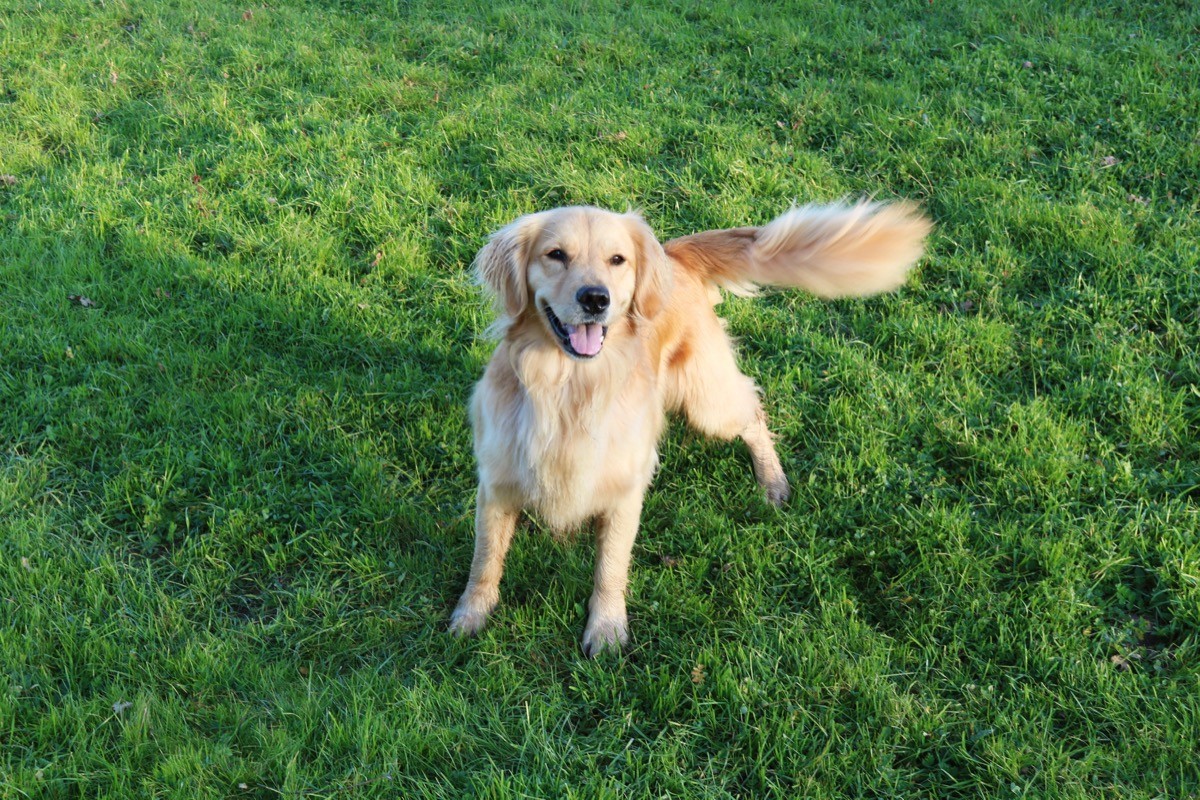
What does your dog do when it is feeling friendly? Below are some examples:
- Their tail wags from side to side at mid-range height (this may change based on the type of tail your dog has).
- They display a soft, “smiley” mouth.
- The body is relaxed or “wiggly” from excitement.
- Their eyes look soft and blinky.
- They initiate the interaction or receive attention willingly by remaining engaged with the other dog or person.
Progression of Aggressive Behavior
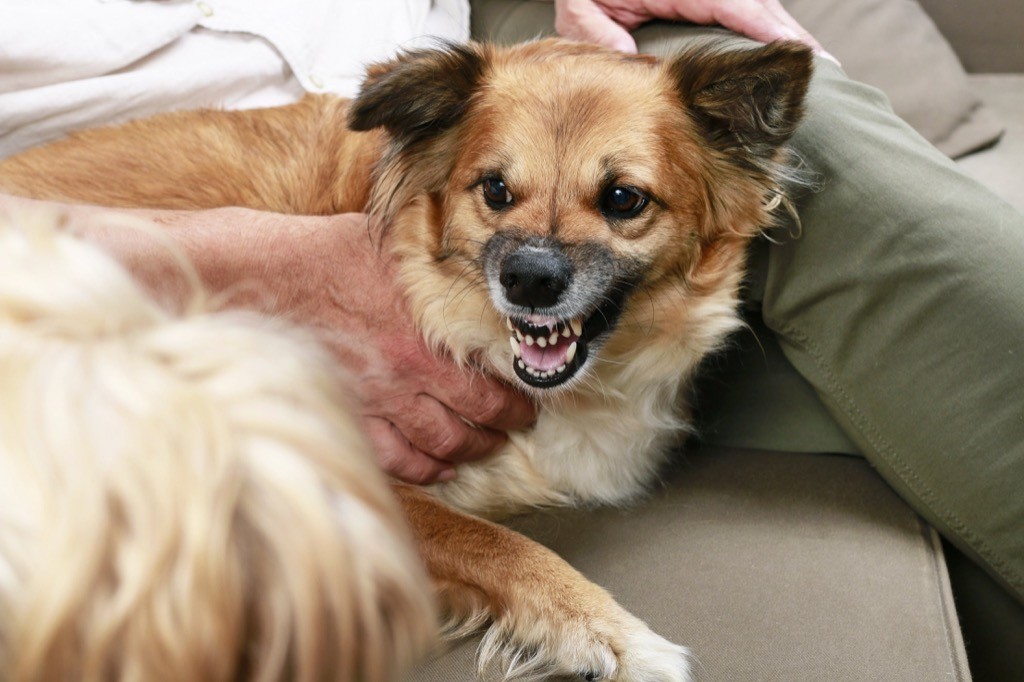
These behaviors can lead to them behaving aggressively:
- Senses the presence of the stimulus it’s worried or concerned about (a person, another dog, etc.) in some way (sight, sound, smell, etc.)
- Looks at the trigger and starts to fixate on it
- Ears may twitch or pin back
- Slows down or freezes / Stiffening of the neck / Lowering of the head
- Pulls tongue inside mouth / Closes Mouth / Slows breathing / Tongue flicks may follow
- Piloerection (hair goes up on the back of the neck)
- The tail raises high in a flag and wags tensely or stiffens (the tail unfurls if it’s curly)
- Growls / gets huffy (pre-barking sounds)
- Their body gets rigid and leans forward or seems to “puff up”
- Ears may flatten or pin back
- Pushes corners of lips forward, closer to nose / displays a tooth
- Backs up or bends back legs
- Moves forward quickly
- Launches toward a person or dog
- Barks Aggressively
- Air Snaps
- Bites
Preventing Aggressive Encounters
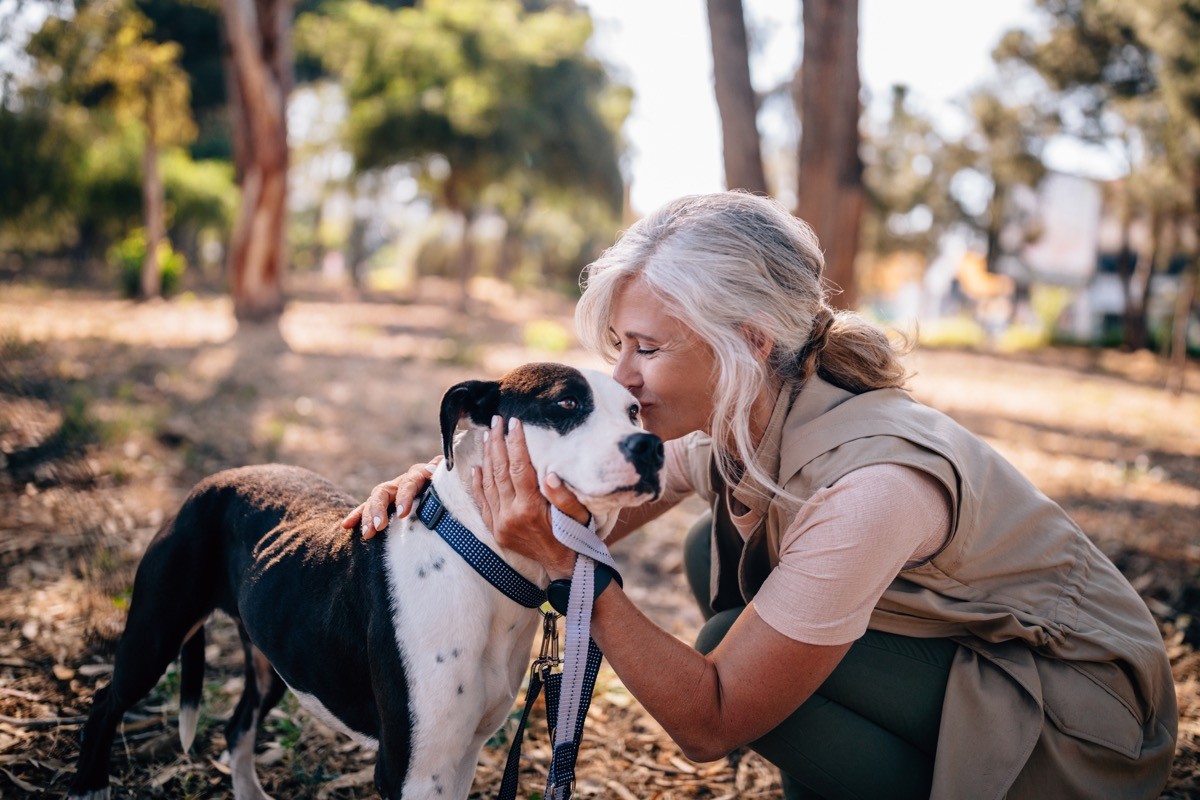
The best way to avoid aggressive encounters with other dogs is to avoid on or off-leash interactions with people and dogs you don’t know. Even the friendliest of dogs can sometimes behave aggressively so it’s not always easy to tell if an encounter will go well or not – even for dog experts.
Puppies are often bullied by older, bigger dogs, so it’s best to keep puppies away from dogs that are not known to the puppy parent. It’s better to socialize a puppy with other puppies around the same size (at puppy socialization class) or with friends or family members’ dogs that are known to be dog-friendly.
RELATED: 25 Incredible Things You Never Knew dogs Could Do.
Common Behavioral Issues in Adopted Dogs
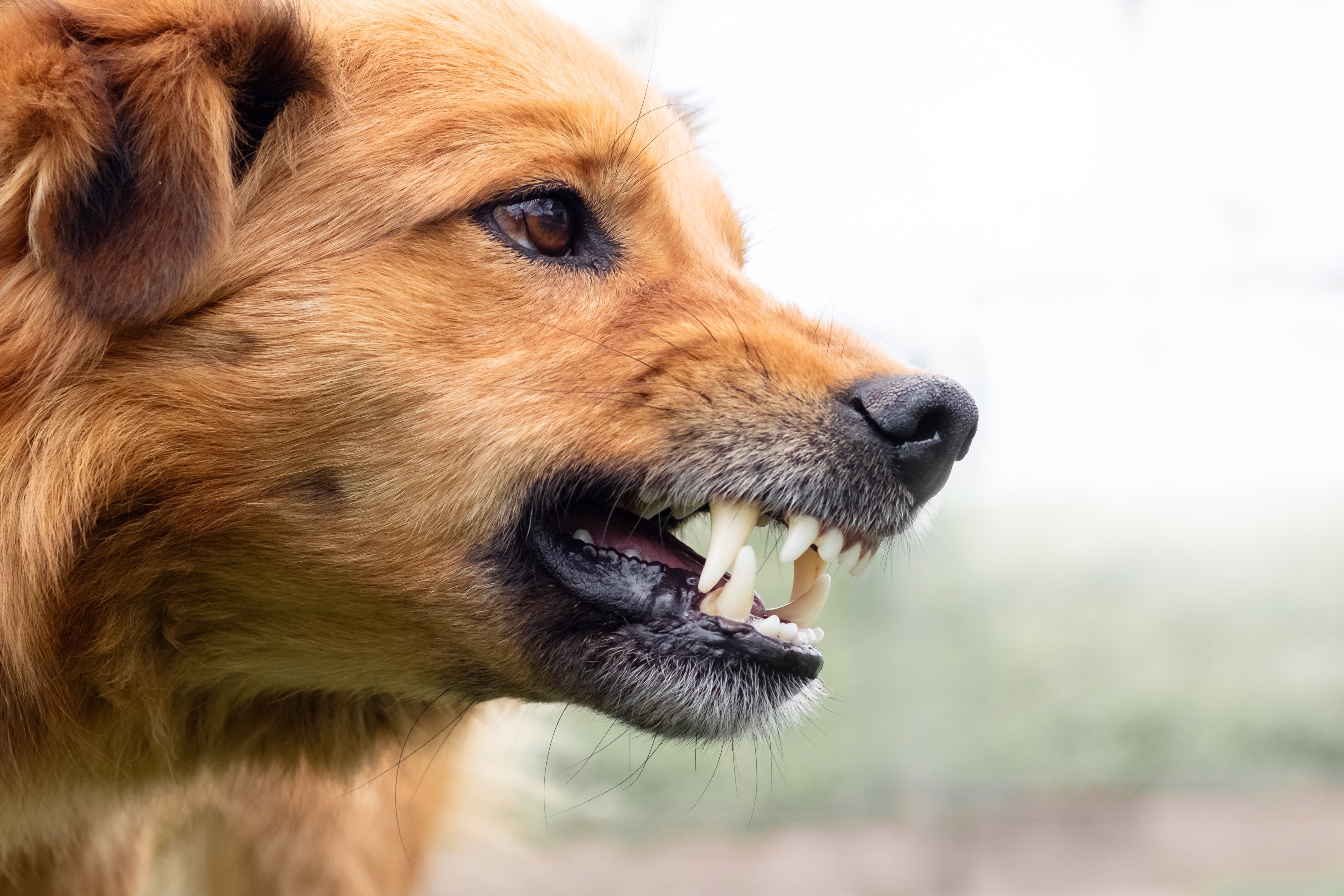
This is a tough question to answer because some behavioral issues result from circumstances and some are part of a dog’s DNA. It’s a matter of nature vs. nurture. You can’t always tell how a dog may act under different circumstances until they occur. Is this question geared at how to pick a puppy or rescue dog? Or how to spot signs in other dogs to keep your dog safe at the dog park or on the go? I’m curious to learn more about what the angle is.
The main behavioral issues people face when adopting a dog are:
Aggression/Resource guarding – Threat displays, Won’t let strangers in the house, Rough play with other dogs
Separation Anxiety – Won’t accept being in crate or playpen, distressed anytime separation from guardian occurs
Leash Reactivity – Occurs when a dog encounters stimuli on walks that either excite or worry it
Excessive Barking – Can happen because a dog has strong guarding instincts (alarm barking) or as a result of accidental reinforcement (demand barking).